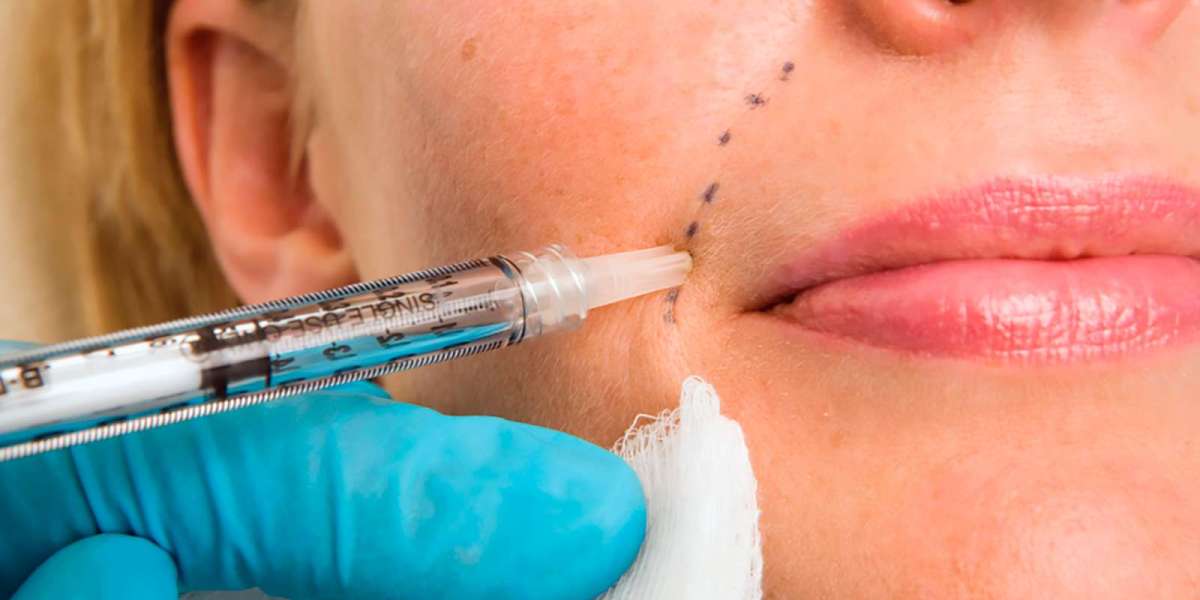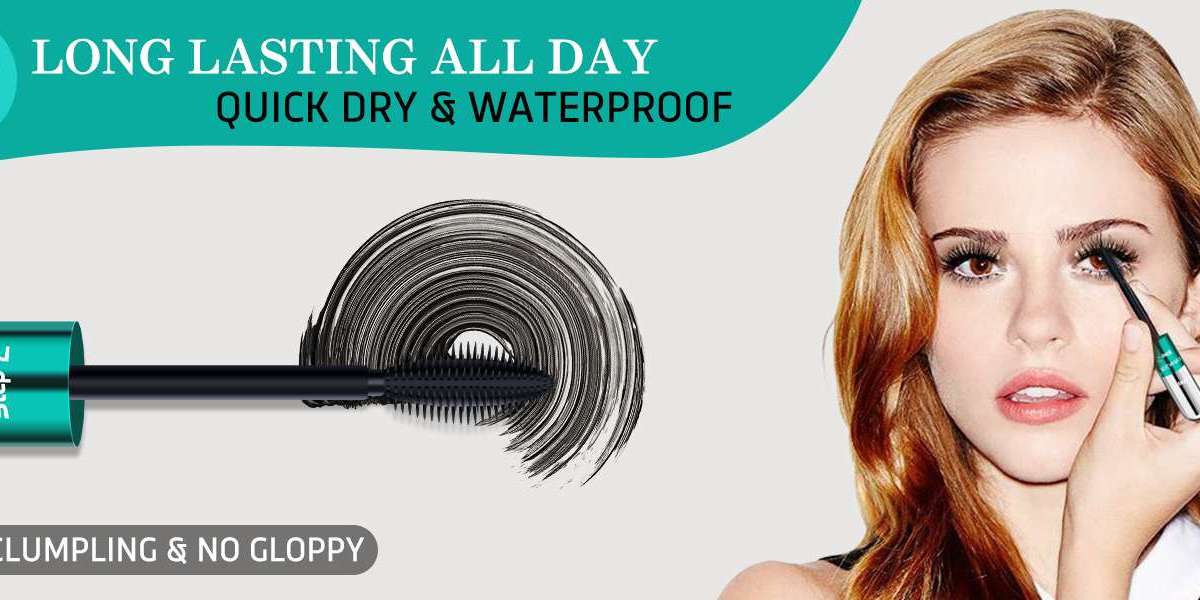As the beauty and aesthetic industry continues to evolve, dermal fillers have emerged as one of the most popular non-surgical treatments to combat the visible signs of aging. Whether you're looking to smooth wrinkles, restore volume, or enhance facial contours, dermal fillers offer a safe and effective solution with minimal downtime and impressive results. This article explores what dermal fillers are, how they work, the types available, and why they have become a go-to treatment for individuals seeking a more youthful, refreshed appearance.
What Are Dermal Fillers?
Dermal fillers are injectable substances used to restore volume, smooth out wrinkles, and improve the contours of the face. They are typically made of materials that mimic the body's natural substances, such as hyaluronic acid, calcium hydroxylapatite, poly-L-lactic acid, or autologous fat. These fillers are injected into specific areas of the skin to plump, smooth, and contour areas that may have lost volume due to aging, sun exposure, or environmental factors.
Unlike Botox, which temporarily relaxes muscles to reduce wrinkles, dermal fillers add volume to the skin and are primarily used to treat issues like facial lines, hollowed cheeks, sagging skin, and thin lips.
How Do Dermal Fillers Work?
Dermal fillers work by physically "filling" areas where volume has been lost or where wrinkles and lines have formed. When injected into the skin, the filler acts as a cushion beneath the surface, lifting the skin and restoring lost volume. Some fillers, such as those made from hyaluronic acid, also attract and retain moisture, helping to hydrate and plump the skin.
The results of dermal fillers are immediate, although some swelling and bruising at the injection site may occur, which typically subsides within a few days. The full effect of the treatment can be seen within a week or two as the filler settles into place. Most dermal fillers are designed to provide lasting results, though the duration can vary depending on the type of filler used and the area treated.
Common Uses of Dermal Fillers
Dermal fillers can be used to address a variety of cosmetic concerns. Here are some of the most common treatments:
1. Smile Lines (Nasolabial Folds)
The lines that run from the nose to the corners of the mouth are known as nasolabial folds, or "smile lines." Over time, these lines can deepen and become more noticeable, giving the face a tired or aged appearance. Dermal fillers can smooth out these lines by restoring lost volume, resulting in a more youthful, refreshed look.
2. Marionette Lines
Marionette lines are the lines that run vertically from the corners of the mouth down to the chin. These lines can make the face look sad or drawn, even when the person is not upset. Fillers can be injected into these areas to smooth out the lines and give the lower face a more lifted appearance.
3. Hollow Cheeks and Under-Eye Hollows
As we age, the fat in our cheeks naturally decreases, leading to hollow areas and a loss of youthful volume. Dermal fillers can be used to restore volume in the cheeks, giving the face a more lifted, contoured look. Additionally, under-eye hollows (dark circles) can be treated with fillers to reduce the sunken appearance and brighten the area.
4. Lip Augmentation
Thin or aging lips are a common concern for many people, and dermal fillers are an excellent option for achieving fuller, more defined lips. By injecting fillers like Restylane or Juvederm into the lips, patients can enhance their lip shape, smooth out lines around the mouth, and create a more youthful and balanced appearance.
5. Jawline Contouring
Dermal fillers can also be used to create a more defined jawline. For individuals who desire a more sculpted jaw or wish to minimize the appearance of a weak chin, fillers can be injected along the jawline to add structure and definition.
6. Hand Rejuvenation
As we age, the skin on our hands loses volume and elasticity, often resulting in visible veins and tendons. Dermal fillers can be injected into the backs of the hands to restore lost volume, smooth out the skin, and give the hands a more youthful appearance.
Types of Dermal Fillers
There are various types of dermal fillers, each designed for specific concerns and areas of the face. Some of the most commonly used fillers include:
Hyaluronic Acid Fillers: These are among the most popular and widely used dermal fillers. Hyaluronic acid (HA) is a naturally occurring substance in the body that attracts water and helps to hydrate and plump the skin. Brands like Juvederm, Restylane, and Belotero are commonly used to treat wrinkles, folds, and volume loss. HA fillers tend to be versatile and are often used for the face, lips, under-eye area, and hands.
Calcium Hydroxylapatite (Radiesse): Radiesse is a thicker filler that is typically used for deeper lines and to restore volume in areas like the cheeks, chin, and jawline. It also stimulates collagen production, which can enhance the overall texture and appearance of the skin over time.
Poly-L-lactic Acid (Sculptra): Sculptra is a collagen stimulator rather than a traditional filler. It works by encouraging the skin to produce its own collagen, resulting in gradual and more subtle volume restoration over time. Sculptra is ideal for treating volume loss in areas like the cheeks and temples.
Polymethyl Methacrylate (PMMA) Fillers (Bellafill): PMMA fillers are a longer-lasting option and are typically used for deeper wrinkles and acne scars. They provide immediate volume and have a longer duration of effect compared to other fillers.
Autologous Fat Transfer: This procedure involves taking fat from another area of the body (such as the thighs or abdomen) and injecting it into areas of the face to restore volume. Fat transfer is more invasive than traditional fillers but provides natural, long-lasting results.
Benefits of Dermal Fillers
- Non-Surgical: Dermal fillers are a non-invasive solution for facial rejuvenation, making them an attractive alternative to traditional facelift surgery.
- Minimal Downtime: Most people can return to their daily activities right after the procedure, although some swelling or bruising may occur temporarily.
- Immediate Results: The effects of dermal fillers can be seen immediately after treatment, making them a popular choice for those who want quick results with minimal recovery time.
- Customizable: Dermal fillers can be tailored to your specific goals, whether you want to subtly enhance your lips or restore volume to hollowed cheeks.
- Safe and Effective: When administered by a licensed and experienced professional, dermal fillers are considered safe with minimal risk of complications.
Considerations and Side Effects
While dermal fillers are generally safe, there are some potential side effects and risks, including swelling, bruising, infection, or allergic reactions. It’s important to consult with a skilled injector to ensure that the appropriate filler is used for your skin type and treatment area. Results from dermal fillers typically last anywhere from six months to two years, depending on the type of filler used and the treatment area.
Conclusion
Dermal fillers are an excellent option for those looking to restore volume, smooth wrinkles, and enhance facial contours without the need for surgery. With minimal downtime, immediate results, and a range of options to address specific concerns, dermal fillers have become one of the most sought-after aesthetic treatments today. If you’re considering dermal fillers, be sure to consult with a qualified professional who can help determine the best treatment plan for your unique needs and goals. Whether you want to reduce the appearance of wrinkles or enhance your facial features, dermal fillers can help you achieve a more youthful, refreshed look with natural-looking results.







